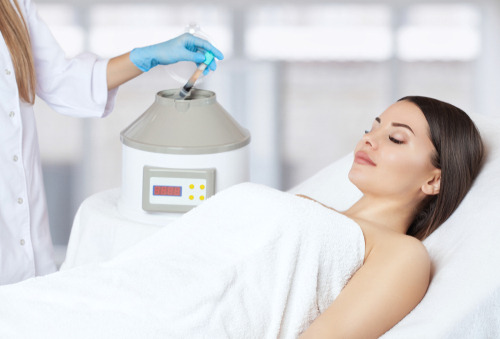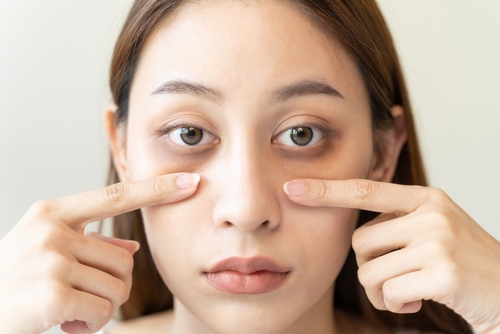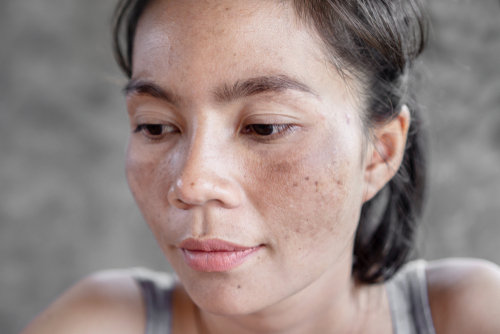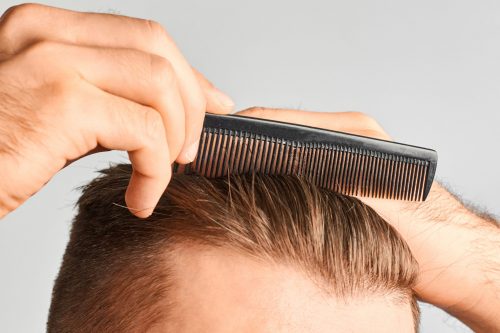
When undergoing a skin treatment with platelet rich plasma, it is often still visible on the skin immediately after the treatment. Unless the treatment calls for it, your master esthetician will not cleanse it off. While it may be tempting to wash it off immediately, there are benefits to not doing so. Similar to a VI Peel, leaving the PRP on the skin is often part of the treatment. So, how long should I leave PRP on my face?
Depending on the treatment, it is frequently recommended that patients leave PRP on their skin for at least eight hours before washing it off. Of course, this may seem impractical because patients could otherwise return to their normal activities, but the PRP leaves their face looking red if not washed off. However, it also offers the skin intense nourishment.
If you are able, schedule your appointment when you do not have to go back to your activities until at least the next morning, leave the PRP on overnight, and wash it off in the morning. This promotes the best results. Also, since PRP comes from your own body, there is little chance of an adverse reaction or irritation from leaving the PRP on.
To learn more about PRP skin procedures, call us at 206-279-2112. You can also reach out online at via chat or contact form.











